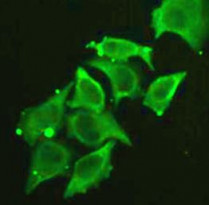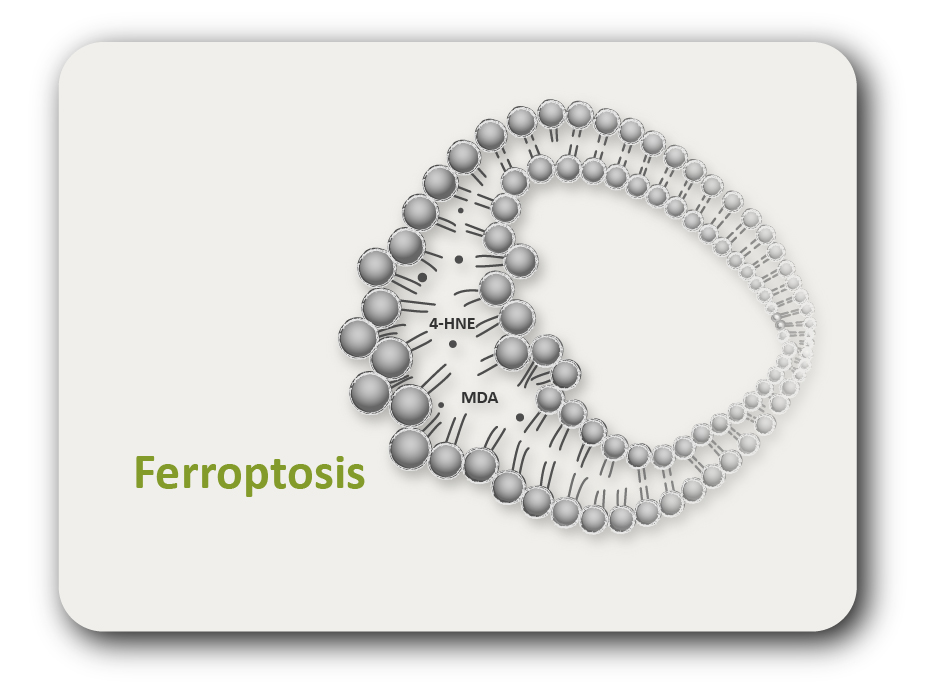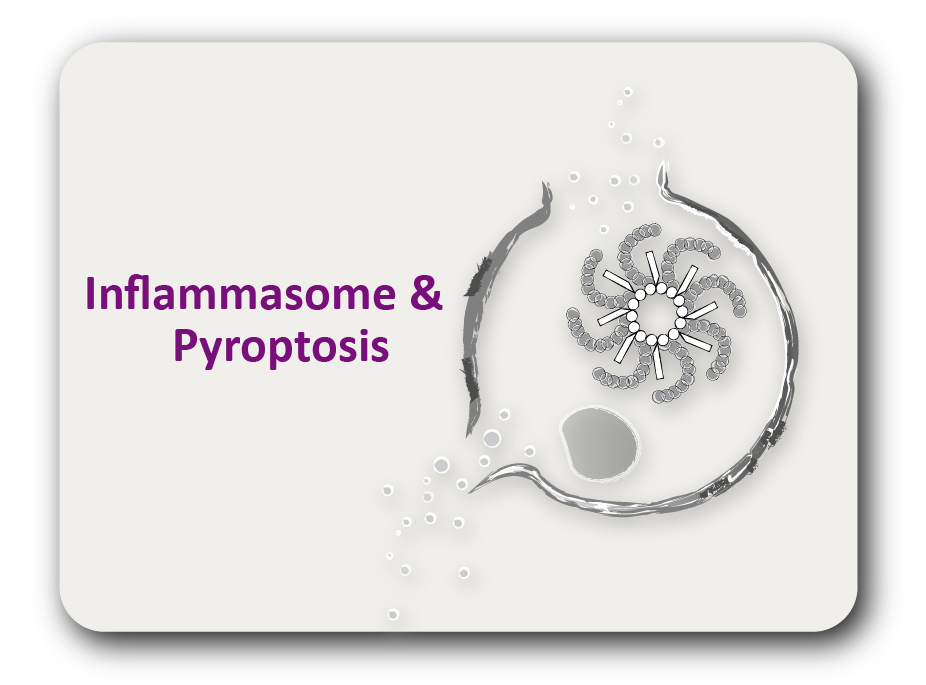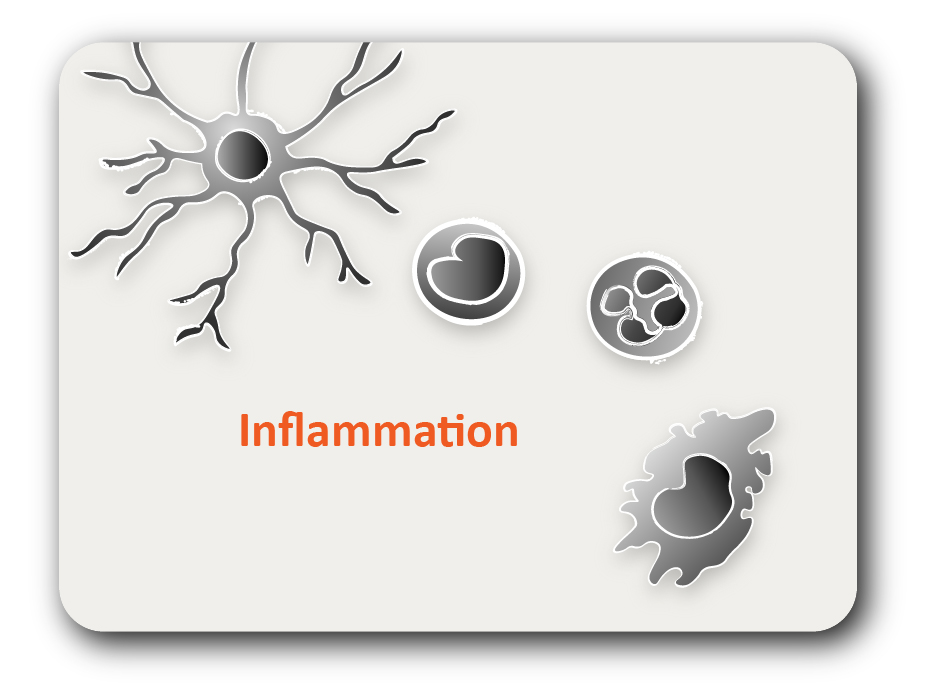ARG41287
anti-Chemerin antibody
anti-Chemerin antibody for ICC/IF,Western blot and Human,Mouse
概述
| 产品描述 | Rabbit Polyclonal antibody recognizes Chemerin |
|---|---|
| 反应物种 | Hu, Ms |
| 应用 | ICC/IF, WB |
| 宿主 | Rabbit |
| 克隆 | Polyclonal |
| 同位型 | IgG |
| 靶点名称 | Chemerin |
| 抗原物种 | Human |
| 抗原 | Recombinant fusion protein corresponding to aa. 17-163 of Human Chemerin (NP_002880.1). |
| 偶联标记 | Un-conjugated |
| 別名 | RAR-responsive protein TIG2; Tazarotene-induced gene 2 protein; HP10433; Retinoic acid receptor responder protein 2; Chemerin; TIG2 |
应用说明
| 应用建议 |
|
||||||
|---|---|---|---|---|---|---|---|
| 应用说明 | * The dilutions indicate recommended starting dilutions and the optimal dilutions or concentrations should be determined by the scientist. |
属性
| 形式 | Liquid |
|---|---|
| 纯化 | Affinity purified. |
| 缓冲液 | PBS (pH 7.3), 0.02% Sodium azide and 50% Glycerol. |
| 抗菌剂 | 0.02% Sodium azide |
| 稳定剂 | 50% Glycerol |
| 存放说明 | For continuous use, store undiluted antibody at 2-8°C for up to a week. For long-term storage, aliquot and store at -20°C. Storage in frost free freezers is not recommended. Avoid repeated freeze/thaw cycles. Suggest spin the vial prior to opening. The antibody solution should be gently mixed before use. |
| 注意事项 | For laboratory research only, not for drug, diagnostic or other use. |
生物信息
| 数据库连接 |
Swiss-port # Q99969 Human Retinoic acid receptor responder protein 2 Swiss-port # Q9DD06 Mouse Retinoic acid receptor responder protein 2 |
|---|---|
| 基因名称 | RARRES2 |
| 全名 | retinoic acid receptor responder (tazarotene induced) 2 |
| 背景介绍 | This gene encodes a secreted chemotactic protein that initiates chemotaxis via the ChemR23 G protein-coupled seven-transmembrane domain ligand. Expression of this gene is upregulated by the synthetic retinoid tazarotene and occurs in a wide variety of tissues. The active protein has several roles, including that as an adipokine and as an antimicrobial protein with activity against bacteria and fungi. [provided by RefSeq, Nov 2014] |
| 生物功能 | Adipocyte-secreted protein (adipokine) that regulates adipogenesis, metabolism and inflammation through activation of the chemokine-like receptor 1 (CMKLR1). Its other ligands include G protein-coupled receptor 1 (GPR1) and chemokine receptor-like 2 (CCRL2). Positively regulates adipocyte differentiation, modulates the expression of adipocyte genes involved in lipid and glucose metabolism and might play a role in angiogenesis, a process essential for the expansion of white adipose tissue. Also acts as a proinflammatory adipokine, causing an increase in secretion of proinflammatory and prodiabetic adipokines, which further impair adipose tissue metabolic function and have negative systemic effects including impaired insulin sensitivity, altered glucose and lipid metabolism, and a decrease in vascular function in other tissues. Can have both pro- and anti-inflammatory properties depending on the modality of enzymatic cleavage by different classes of proteases. Acts as a chemotactic factor for leukocyte populations expressing CMKLR1, particularly immature plasmacytoid dendritic cells, but also immature myeloid DCs, macrophages and natural killer cells. Exerts an anti-inflammatory role by preventing TNF/TNFA-induced VCAM1 expression and monocytes adhesion in vascular endothelial cells. The effect is mediated via inhibiting activation of NF-kappa-B and CRK/p38 through stimulation of AKT1/NOS3 signaling and nitric oxide production. Its dual role in inflammation and metabolism might provide a link between chronic inflammation and obesity, as well as obesity-related disorders such as type 2 diabetes and cardiovascular disease. Exhibits an antimicrobial function in the skin. [UniProt] |
| 细胞定位 | Secreted. [UniProt] |
| 预测分子量 | 19 kDa |
| 翻译后修饰 | Secreted in an inactive precursor form, prochemerin, which is proteolytically processed by a variety of extracellular proteases to generate forms with differing levels of bioactivity. For example, the removal of six amino acids results in chemerin-157, which exhibits the highest activity, while removal of seven amino acids results in chemerin-156 which has slightly less activity. Some proteases are able to cleave at more than one site and chemerin forms may be sequentially processed by different enzymes to modulate activity levels. The coordinated expression and activity of chemerin-modifying enzymes is essential for regulating its bioactivation, inactivation and, consequently, biological function. Cathepsin G cleaves seven C-terminal amino acids from prochemerin (chemerin-156), elastase is able to cleave six (chemerin-157), eight (chemerin-155) or eleven (chemerin-152), plasmin cleaves five amino acids (chemerin-158), and tryptase cleaves five (chemerin-158) or eight (chemerin-155). Multiple cleavages might be required to fully activate chemerin, with an initial tryptase cleavage resulting in chemerin with low activity (chemerin-158), and a second cleavage by carboxypeptidase N or B producing highly active chemerin (chemerin-157). [UniProt] |
检测图片 (1) Click the Picture to Zoom In






